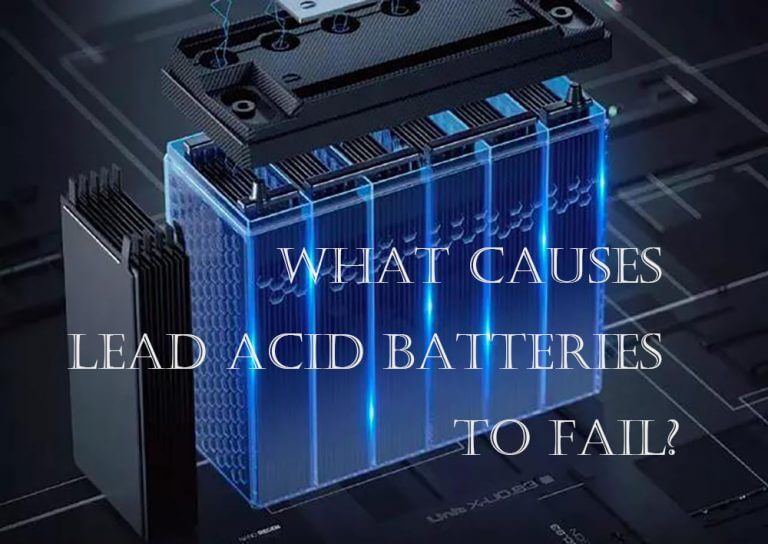Lead-acid battery capacity loss can be attributed to several factors, often related to the battery’s operating conditions, maintenance, and chemical processes.
- Sulfation: Sulfation is the formation of large lead sulfate crystals on the battery plates. This occurs when a battery is left in a discharged state for an extended period or is undercharged. Sulfation reduces the active surface area of the plates, leading to capacity loss.
- Corrosion: Corrosion of the positive plate grids (made of lead alloy) can occur over time, especially under high-temperature conditions or with overcharging. This weakens the plates and reduces the battery’s capacity.
- Stratification: Electrolyte stratification occurs when the acid concentration is higher at the bottom of the battery than at the top. This usually happens in batteries that are not regularly cycled or properly maintained, leading to uneven charging and discharging, and ultimately capacity loss.
- Water Loss: In flooded lead-acid batteries, water loss due to evaporation or electrolysis (during overcharging) can lead to a lower electrolyte level, exposing the plates to air and causing sulfation and plate damage.
- Deep Discharges: Regularly discharging the battery to very low levels (deep discharges) can cause significant stress on the plates, leading to physical damage and reduced capacity.
- Overcharging: Overcharging a battery can cause excessive gassing and heat, leading to water loss, grid corrosion, and active material shedding from the plates, all of which contribute to capacity loss.
- Undercharging: Chronic undercharging can result in the gradual buildup of lead sulfate on the plates (sulfation), reducing the battery’s capacity to hold a charge.
- High Temperatures: Operating a battery in high-temperature environments accelerates the rate of chemical reactions within the battery, leading to increased corrosion and water loss, thus reducing capacity.
- Aging: Natural aging of the battery over time leads to gradual degradation of the active materials on the plates and loss of capacity. The typical lifespan of a lead-acid battery is about 3-5 years, depending on usage and maintenance.
- Physical Damage: Any physical damage to the battery, such as cracks in the casing or damage to the internal components, can lead to loss of capacity.
- Impurities in Electrolyte: Contaminants in the electrolyte can affect the chemical reactions within the battery, leading to reduced efficiency and capacity.
Proper maintenance, such as regular charging, ensuring proper electrolyte levels, avoiding deep discharges, and operating the battery within the recommended temperature range, can help mitigate these factors and prolong the battery’s capacity and lifespan.


